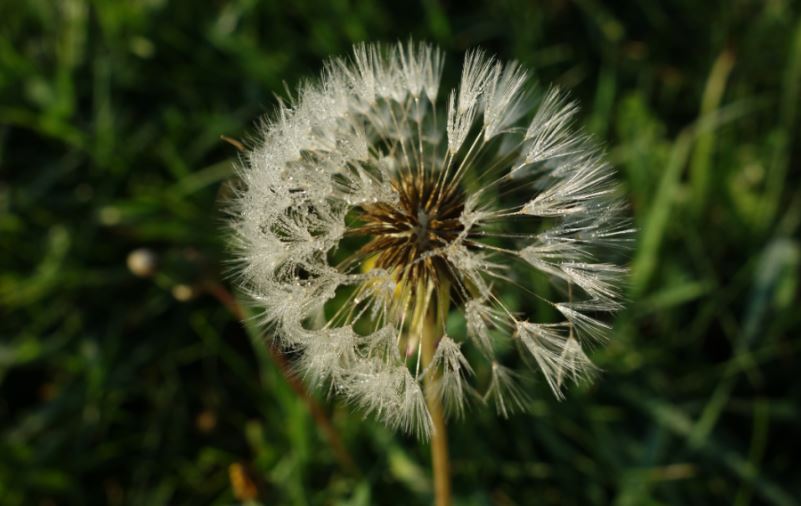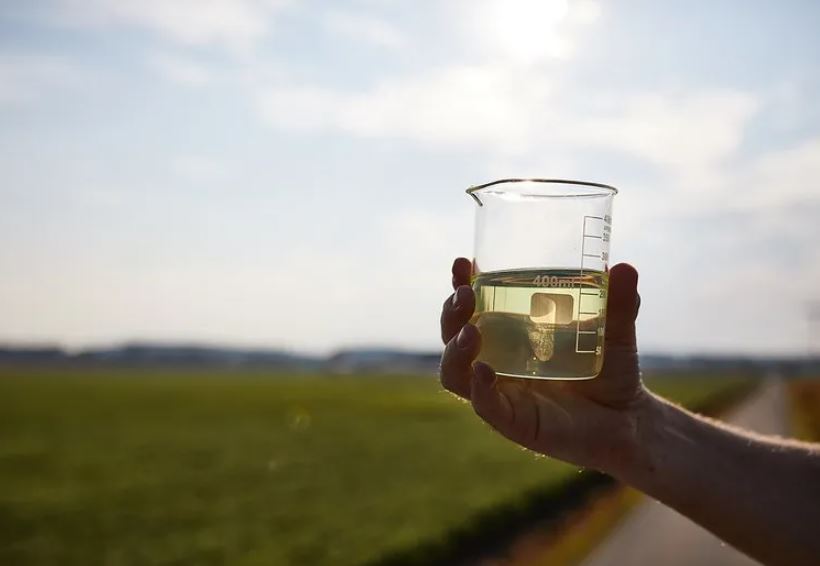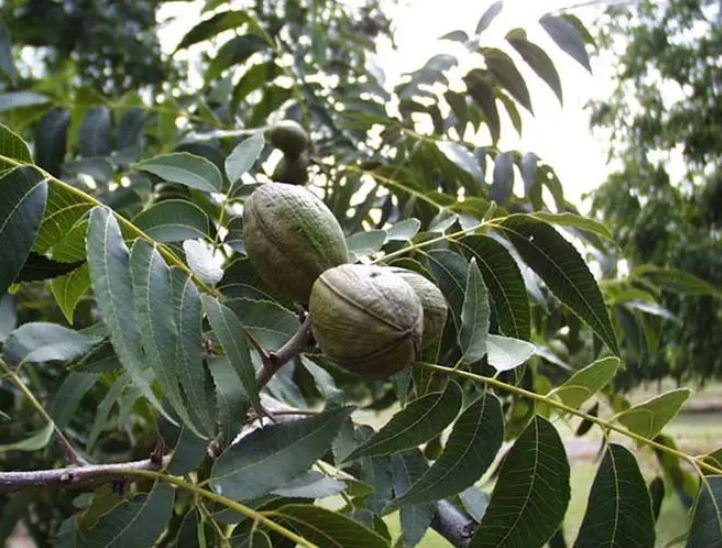Environment
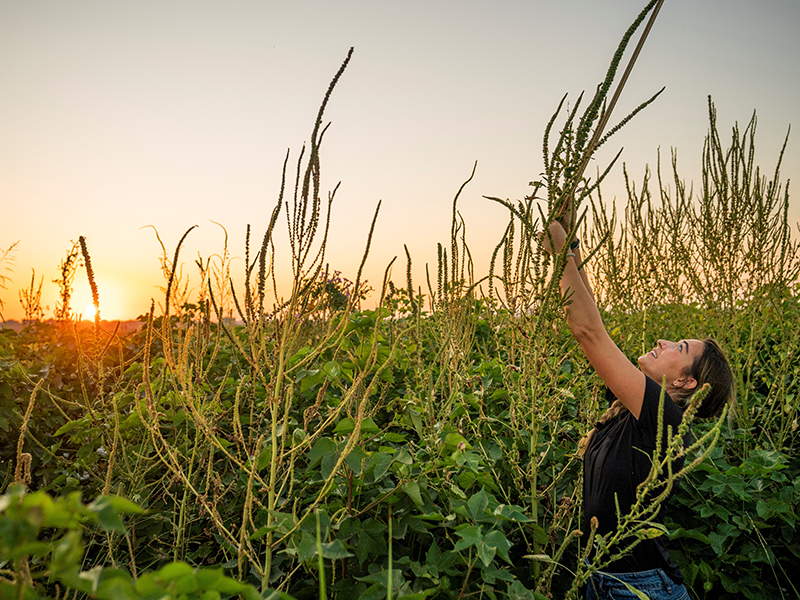
The world is warming. And fast. By 2050, it’s likely the planet will have warmed by about 3.6 degrees Fahrenheit compared to before the Industrial Revolution. That warming brings substantial changes. Storms will be stronger. People will run their air conditioners more. It will even change when and where our crops grow — and how well they perform.
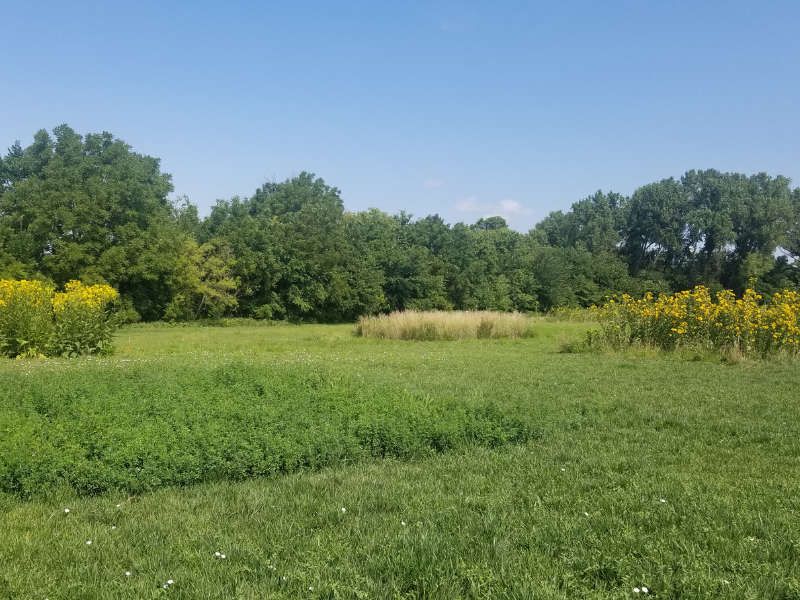
Planting beneficial plants next to gardens and crop fields large and small has been a standard practice for decades, even centuries. The plants provide what are known as ecosystem services. These include attracting pollinators and preventing weeds.
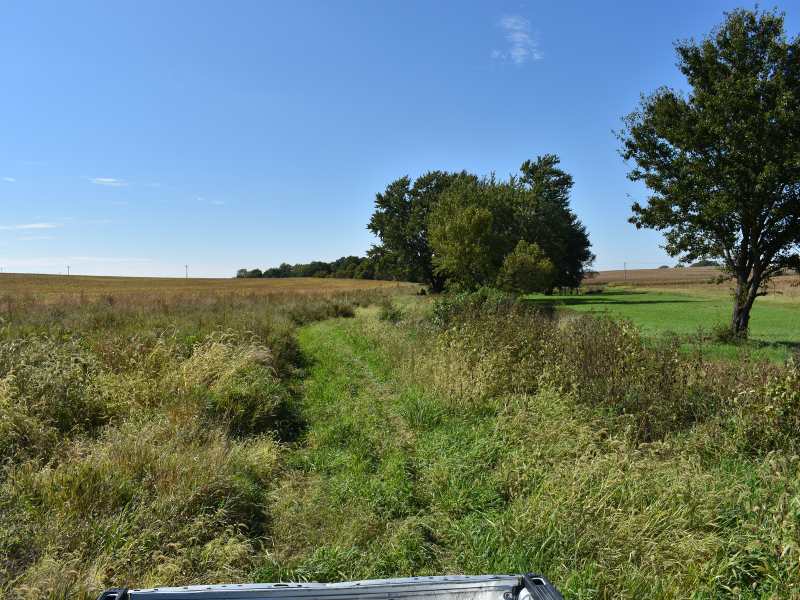
A new study suggests we may have more opportunities to protect our waterways. That’s because one system for keeping too many nutrients out of streams could be used more widely than it is now.

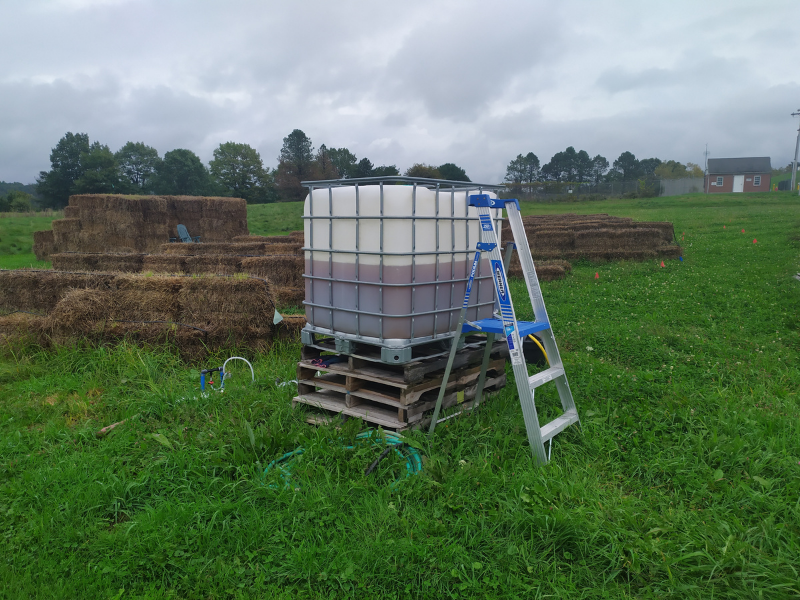
The current modern economy creates a lot of waste. Waste that piles up in landfills, in water bodies and in city streets. In countries that can afford wastewater systems, human excreta are usually dealt with in a sanitary fashion. But for poorer countries, the disposal of human waste, especially in cities, can cause health problems.
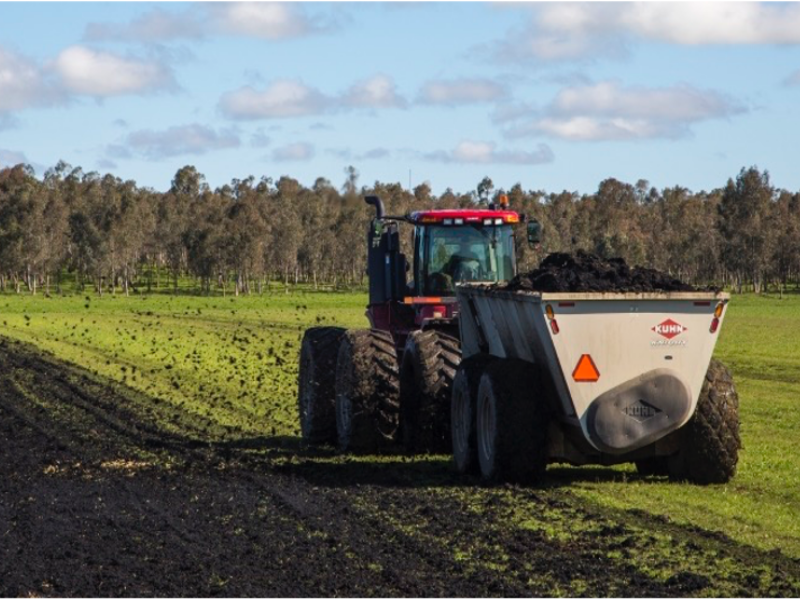
Many people do not know that human waste can be recycled to benefit the environment. After intense treatment, it can be applied to fields in the form of biosolids.

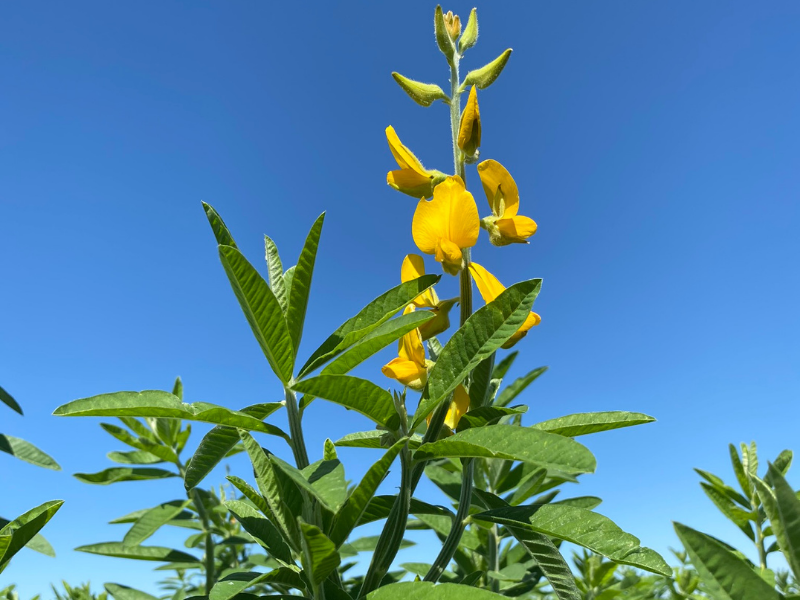
If you’ve ever moved from one location in the US to another, you may know that different regions have different “hardiness zones” for outdoor plants. So, if you live in the south, and want to bring a prized rose bush when you move to a northern state, it most likely won’t survive.
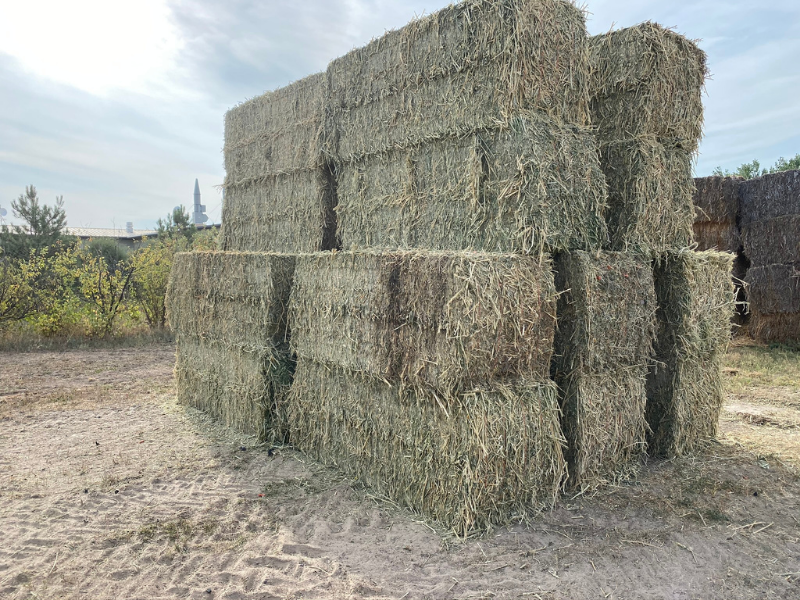
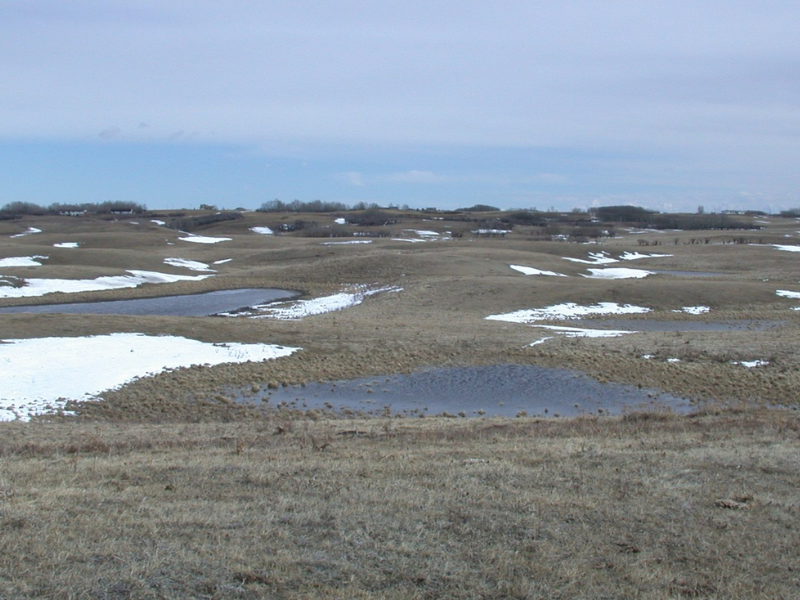
The water cycle is a delicate balance. In natural settings, water from rainfall or snowmelt can soak into soil or runoff to streams. Some of the water is stored in natural underground reservoirs – called groundwater. Plants use up the water to grow, and then new precipitation refills the groundwater – a process called groundwater recharge.

